History trail war events 1945Panzerdenkmal and First Bridgehead on the Oder
The small village of Kienitz symbolises the events of the final phase of the Second World War. On 31 January 1945, in the early hours of the morning, lightly armed advance units of the Red Army reached the Oder near Kienitz and formed a bridgehead to the west bank of the Oder at the ferry station and the harbour mill.
On the Oder embankment near Kienitz, on the path to the former ferry landing stage, a metal stele symbolises the Red Army's transition to the western bank of the Oder. In the centre of the village of Kienitz, there is also a war memorial commemorating the First World War (1914-1918). World War I (1914-1918) in the centre of the village. A T-34 Soviet tank commemorates the fallen Soviet soldiers. A second memorial commemorates all victims of the 1939-1945 war.
In mid-January 1945, the Red Army crossed the former eastern border of the German Reich and moved quickly towards the Oder. In the early hours of 31 January 1945, lightly armed advance units of the Red Army reached the Oder near Kienitz and formed a bridgehead to the west bank of the Oder at the former ferry station and the harbour mill.
This event came as a complete surprise to the population. German troops were not stationed in the village. According to Wehrmacht reports, the Red Army was still believed to be far to the east. As a result, a bridgehead four kilometres wide and two kilometres deep was quickly established on the west bank. German units were hastily withdrawn from various combat sectors and marched to destroy the bridgehead again.
The civilian population now also felt the full force of the devastating effects of the war, which they had previously only known from newsreels or reports from holidaymakers at the front. On 1 February 1945, the Kienitz harbour was bombed by the German air force. Numerous refugees from the eastern provinces of the German Reich, who sought shelter on their barges up to the harbour tip, were killed by the attack of their own air force. The population of Kienitz fled eastwards, against the actual flow of refugees, in order to escape the impending heavy fighting.
The battles for the village of Kienitz lasted 76 days before the Red Army was finally able to take the village. The village was 80% destroyed. The last refugees returned to their hometown in June 1945.
The small town of Kienitz and the war it lived through embodies as a symbolic time capsule all the unimaginable suffering inflicted on people during the war: the destruction of the landscape, the houses, war dead on both sides, hunger, cold, death, flight, expulsion, illness, the tearing apart of families, the loss of loved ones, imprisonment, the destruction of lives and the gnawing uncertainty of what was to come after the end of the war.
The history of the bridgehead as an audio contribution (Language: German)
The history of the Panzerdenkmal as an audio report (Language: German)
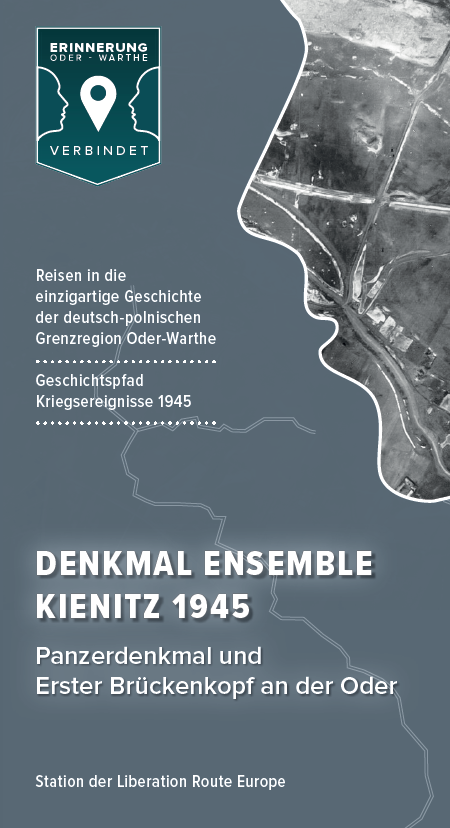


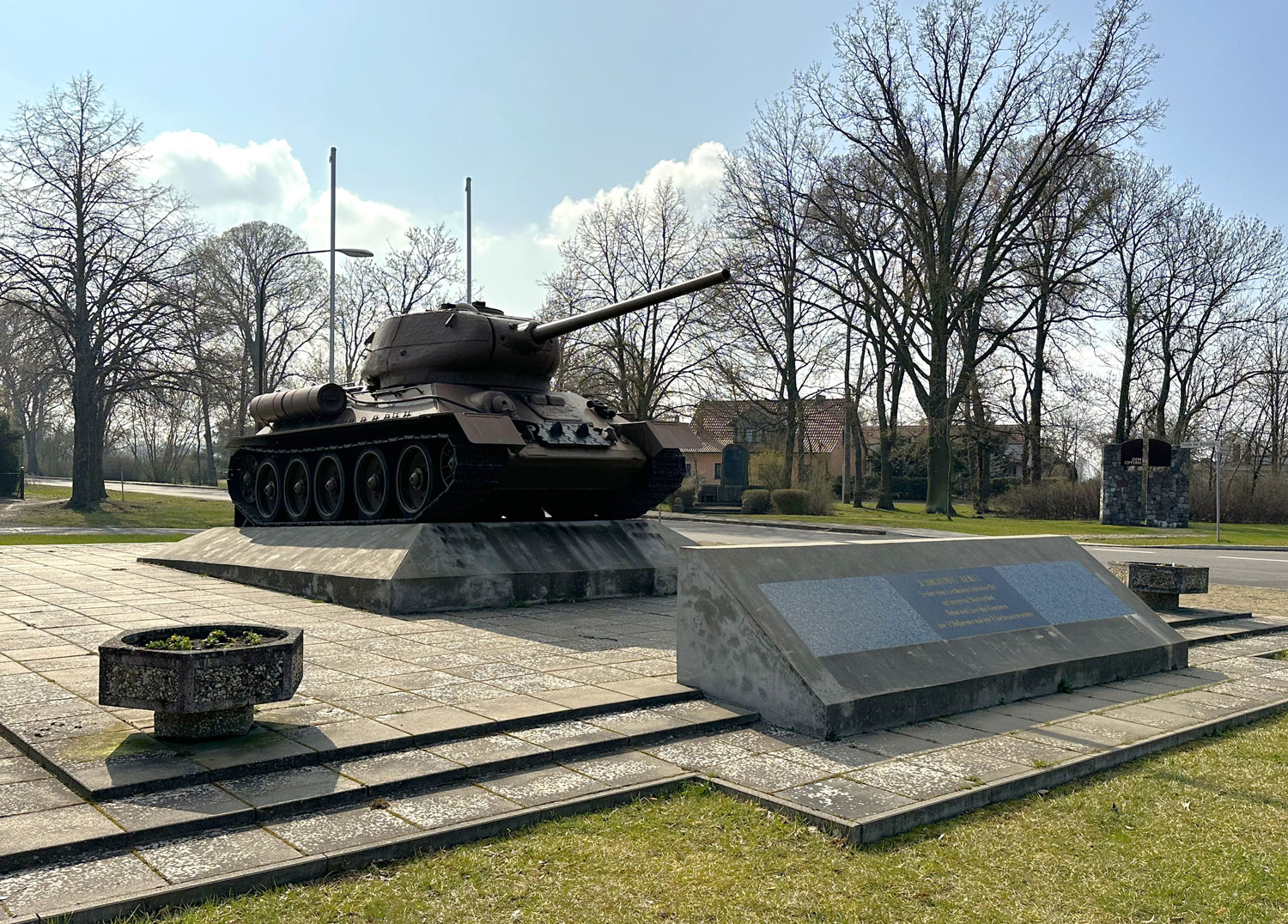
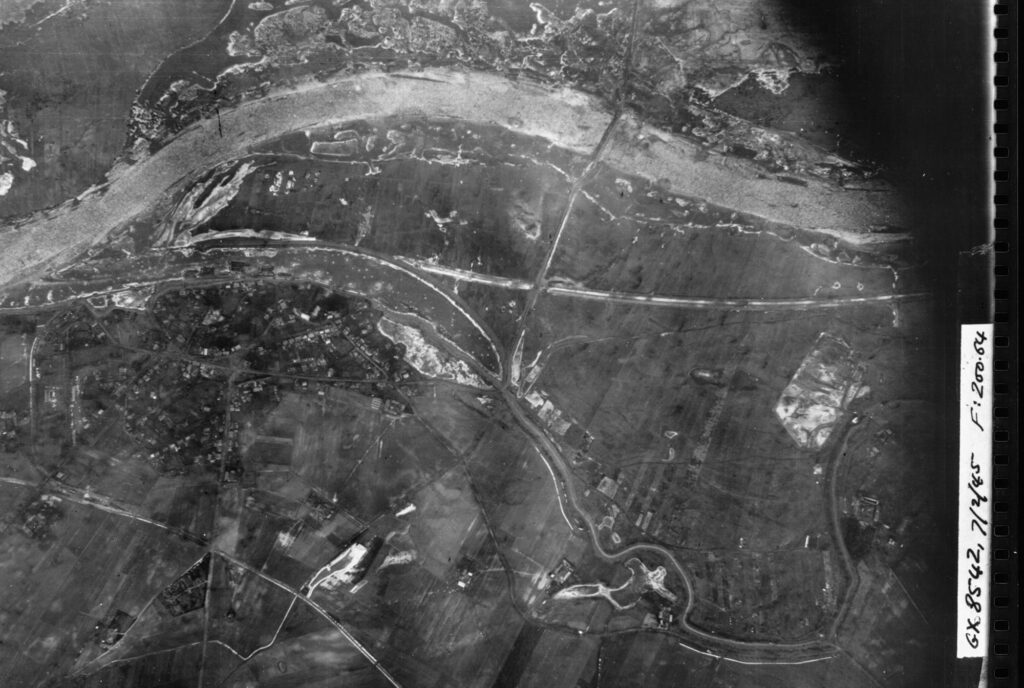
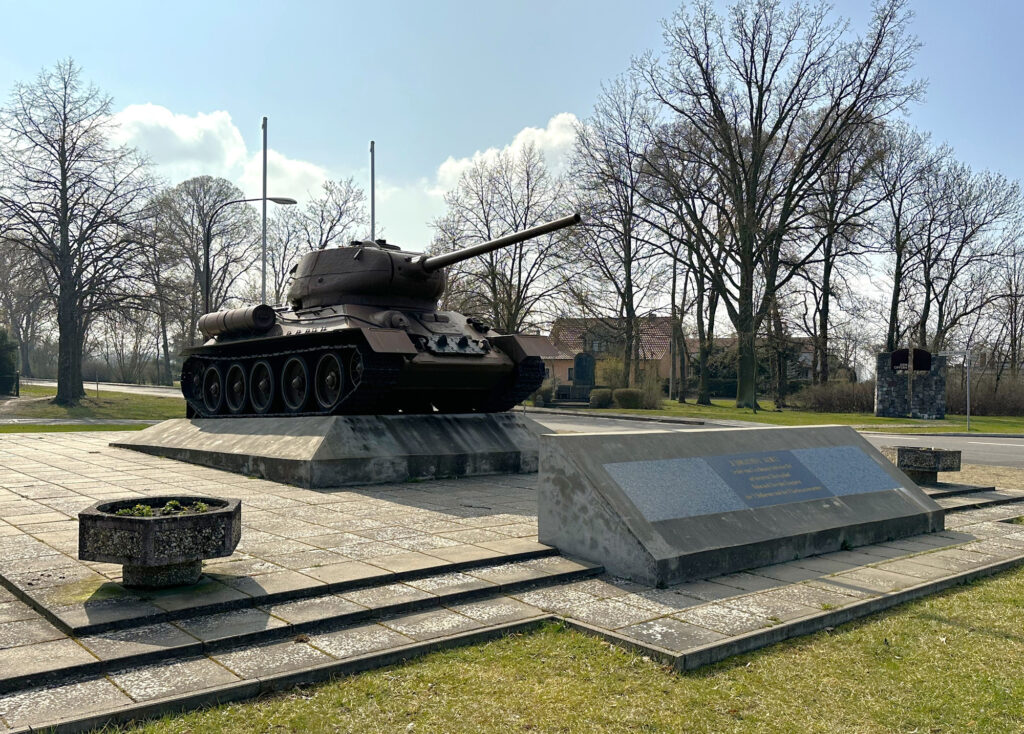
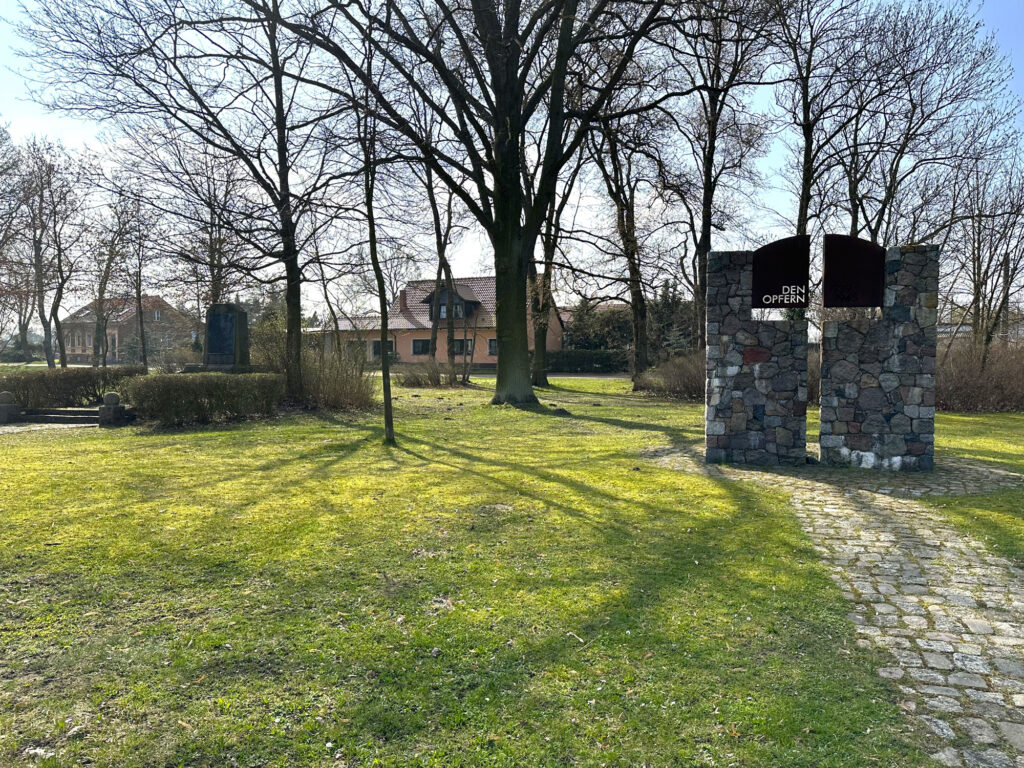
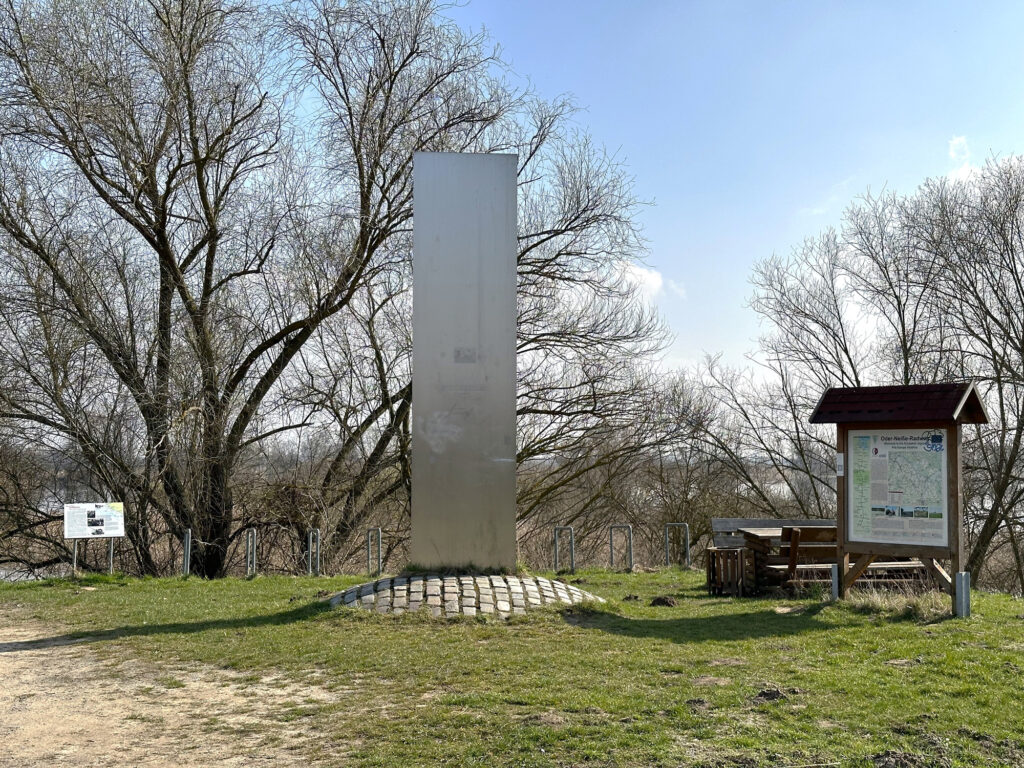
Leave a Reply